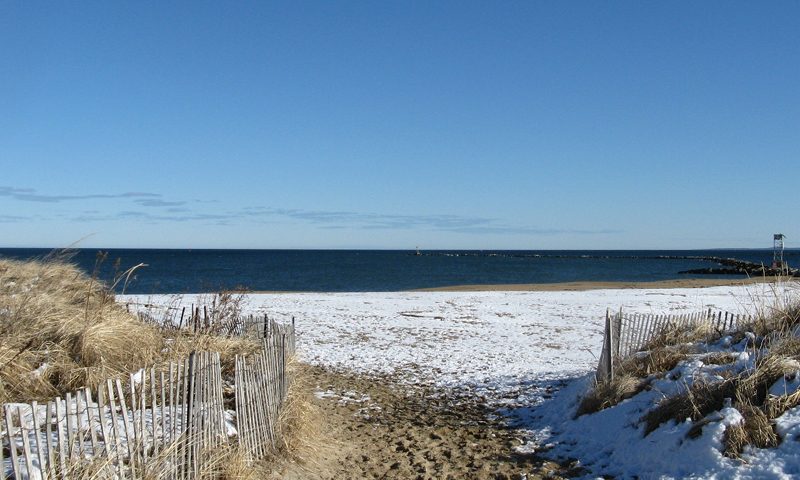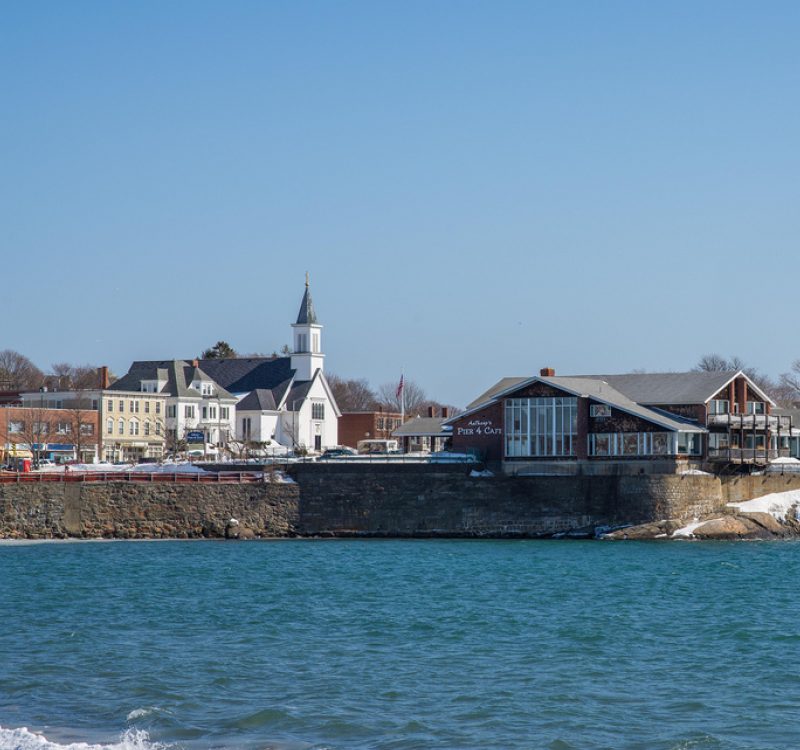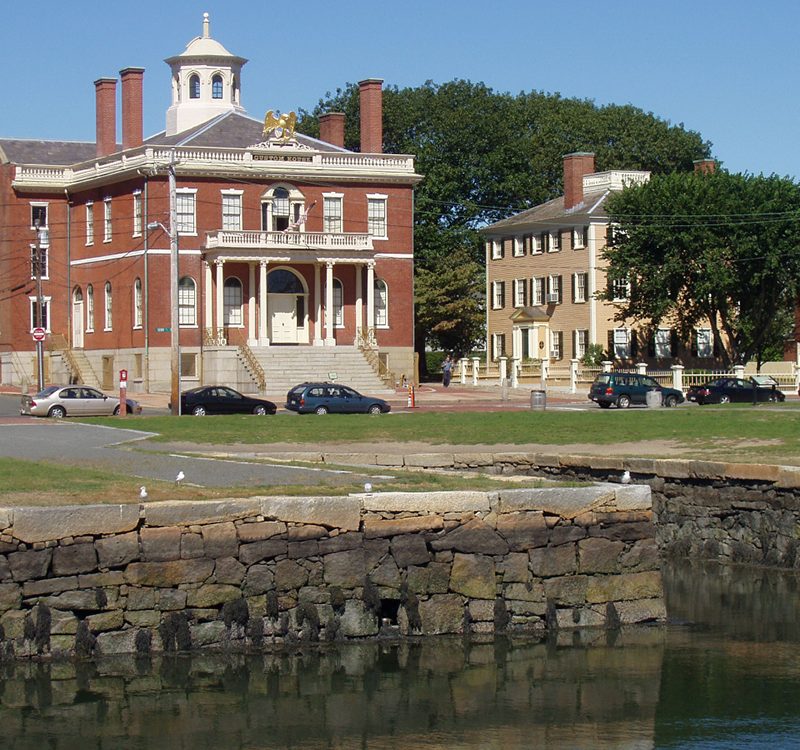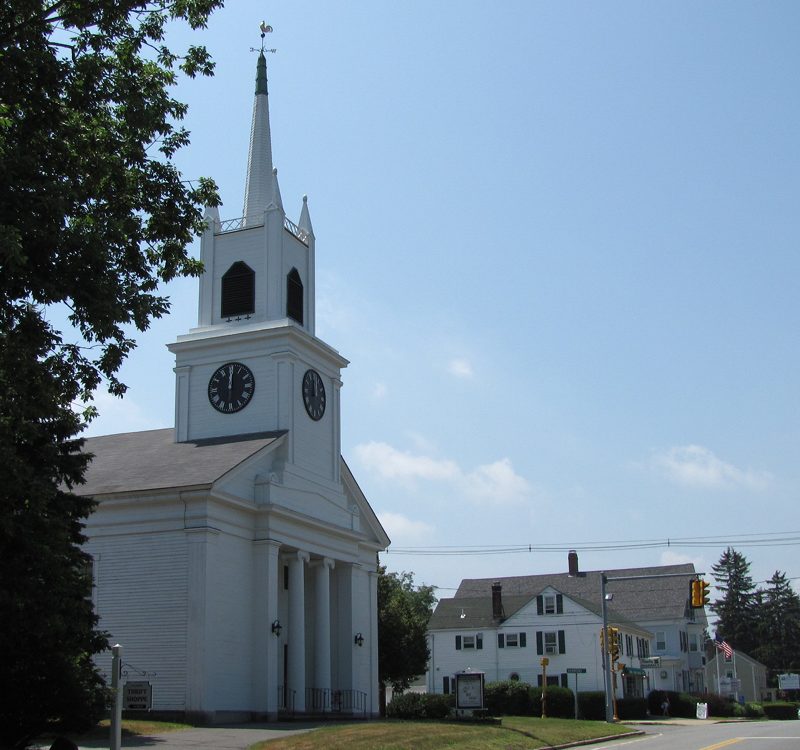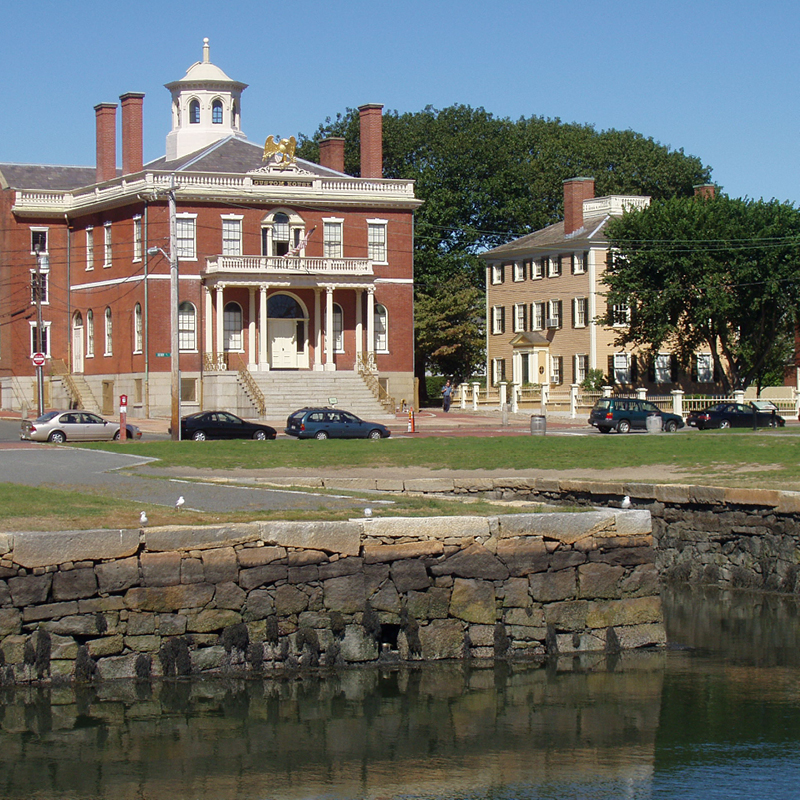
Salem, MA
February 22, 2017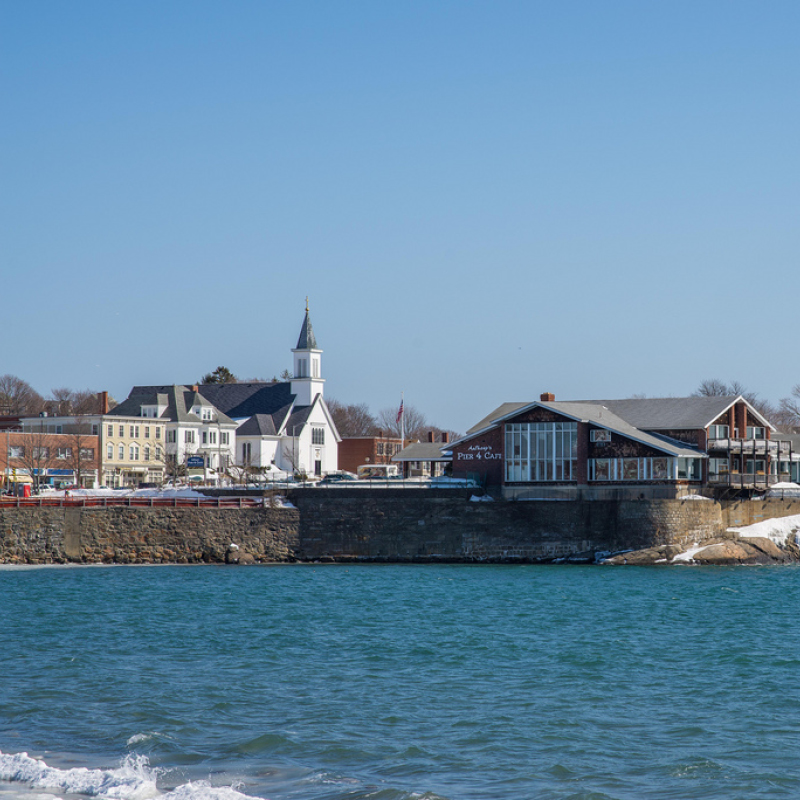
Swampscott, MA
February 22, 2017On September 6, 1638, Secretary of the Massachusetts Bay Colony, Simon Bradstreet, received an agreement from Governor Winthrop and the General Court giving him and eleven other men the right to begin a plantation north of the Merrimack River. This land grant included the towns of Amesbury and Merrimack, Massachusetts as well as the New Hampshire towns of Seabrook, South Hampton, Newton, Hampstead, Plaistow and Kingston.
This town, bordered by the Merrimack River and the Atlantic Ocean, originally named Colchester, was incorporated as Salisbury in 1640. Salisbury grew over time based on upland farms, salt marsh estuaries, building boats along the river, and its position on a major overland trade route to the north. When railroads were introduced, the line followed earlier routes from Newburyport heading to Portsmouth, aided by the low, gentle landscape that generally lacks steep hillsides or rocky terrain. With railroads, growing wealth and leisure time, and an emerging middle class, Salisbury’s unbroken sandy beachfront beckoned to vacationers, establishing an economic engine that remains important and provides image and identity to the Town.
In the nineteenth century the oceanfront became an object of interest to people who were beginning to shed their earlier, close ties to the land. Tourism and recreation at the beach soon became a prominent feature and the beach district saw the arrival of hotels, amusements and retailing, which continue to operate today. The Beach district has held onto its carefree resort character into the present, where the emphasis is focused on the ocean, amusements and relaxation.
The modern Salisbury is highly diverse geographically, encompassing square sixteen miles of farms, beach, marshlands and both residential and commercial space. As of the year 2000, nearly 90 percent of this area, or 9,200 acres, was in various types of open space. Nearly forty percent is forested, while more than a third is wetland and estuary. Ten percent is in open and agricultural land, and four percent is recreational. The Great Marsh and estuaries of the Merrimack River make up the largest linked bodies of open land.
The Town includes four distinctly different areas: Salisbury Beach, a barrier beach with miles of beautiful sandy Atlantic Ocean beaches and salt marshes surrounding dense residential and commercial beachfront development, Salisbury Plains, featuring farms and suburban homes set in fields and rolling woodlands, Salisbury Square, a colonial village center with churches, municipal buildings and village residences, and Ring’s Island, once a colonial fishing village facing Newburyport on the Merrimack River and now supporting a neighborhood of restored antique homes and riverfront marine businesses.

